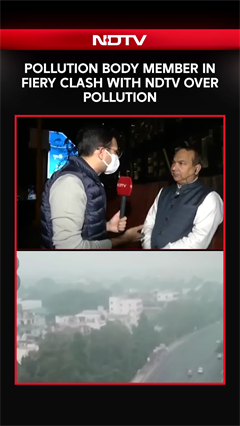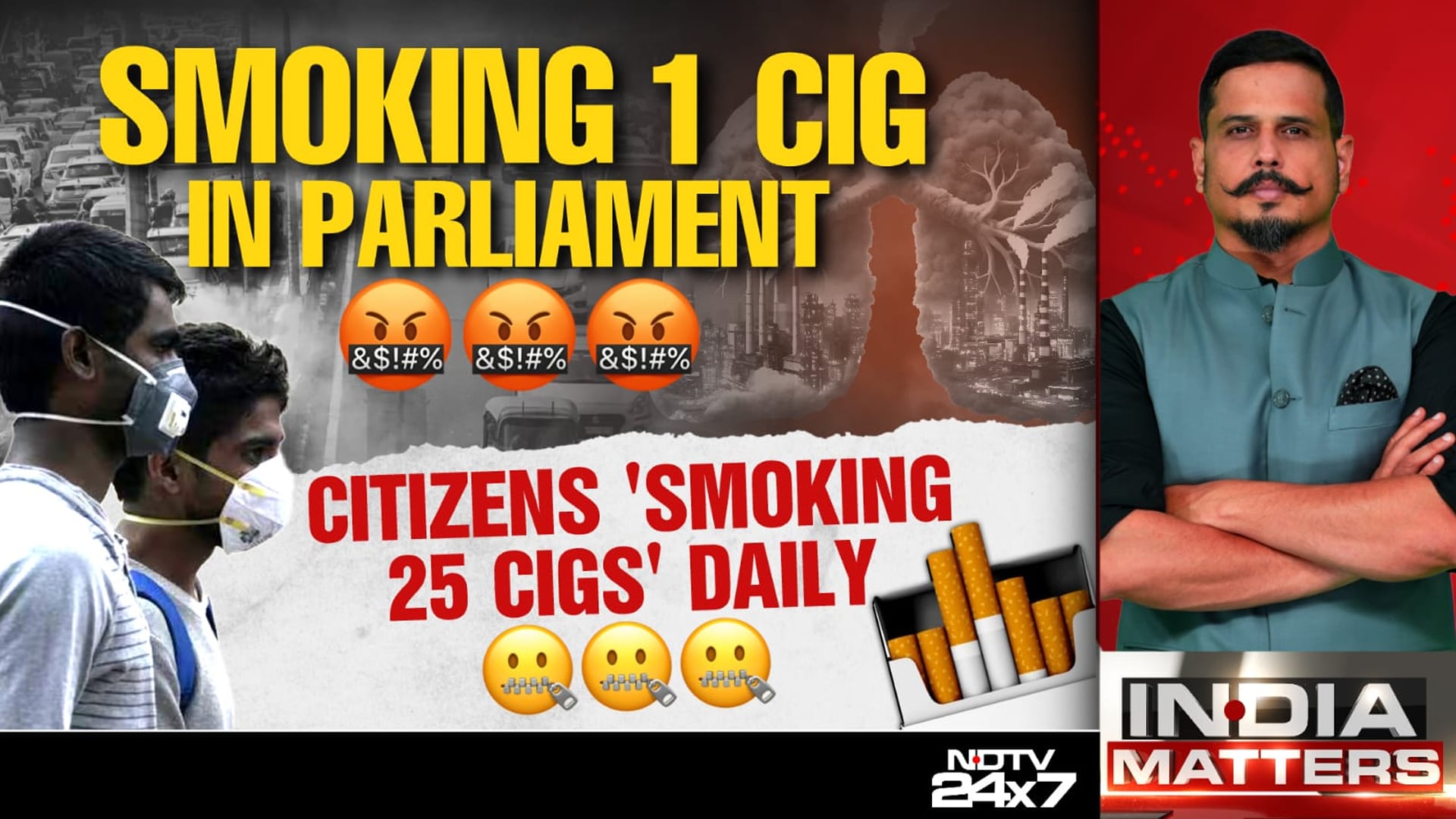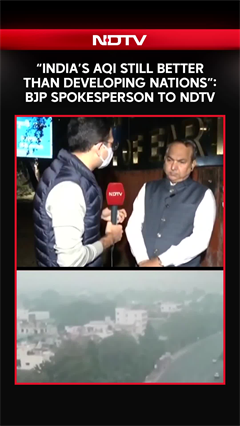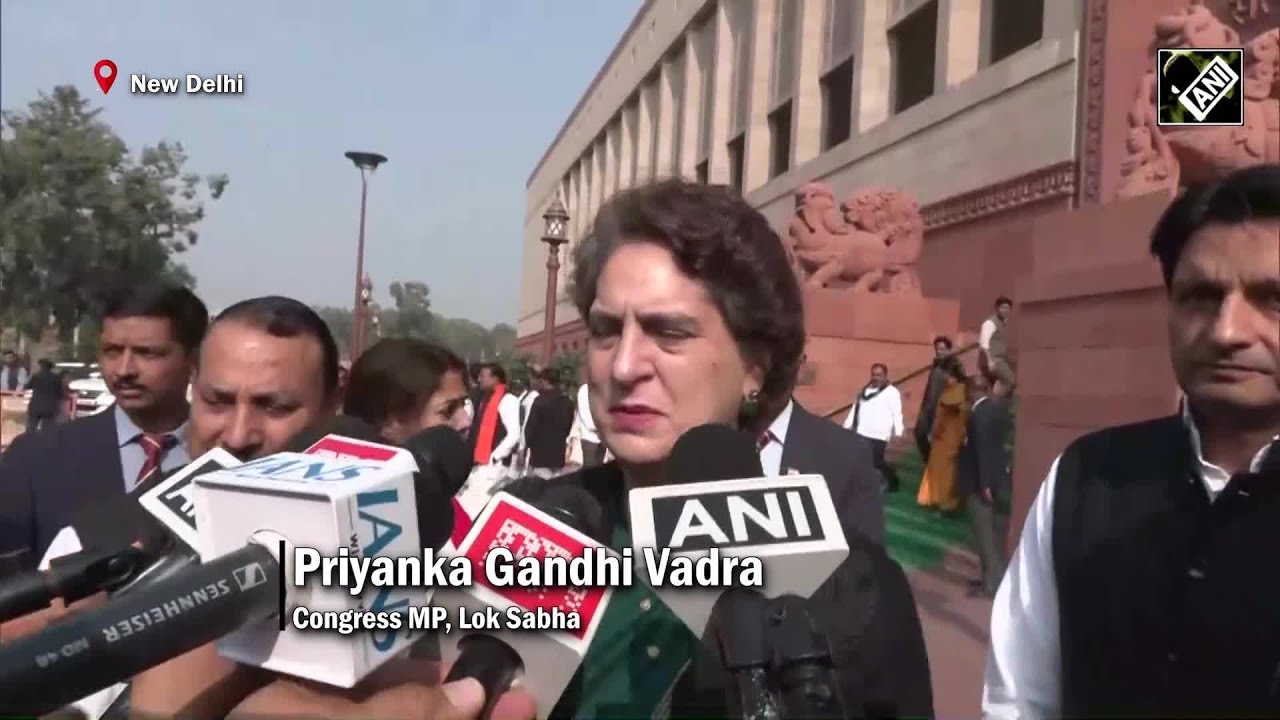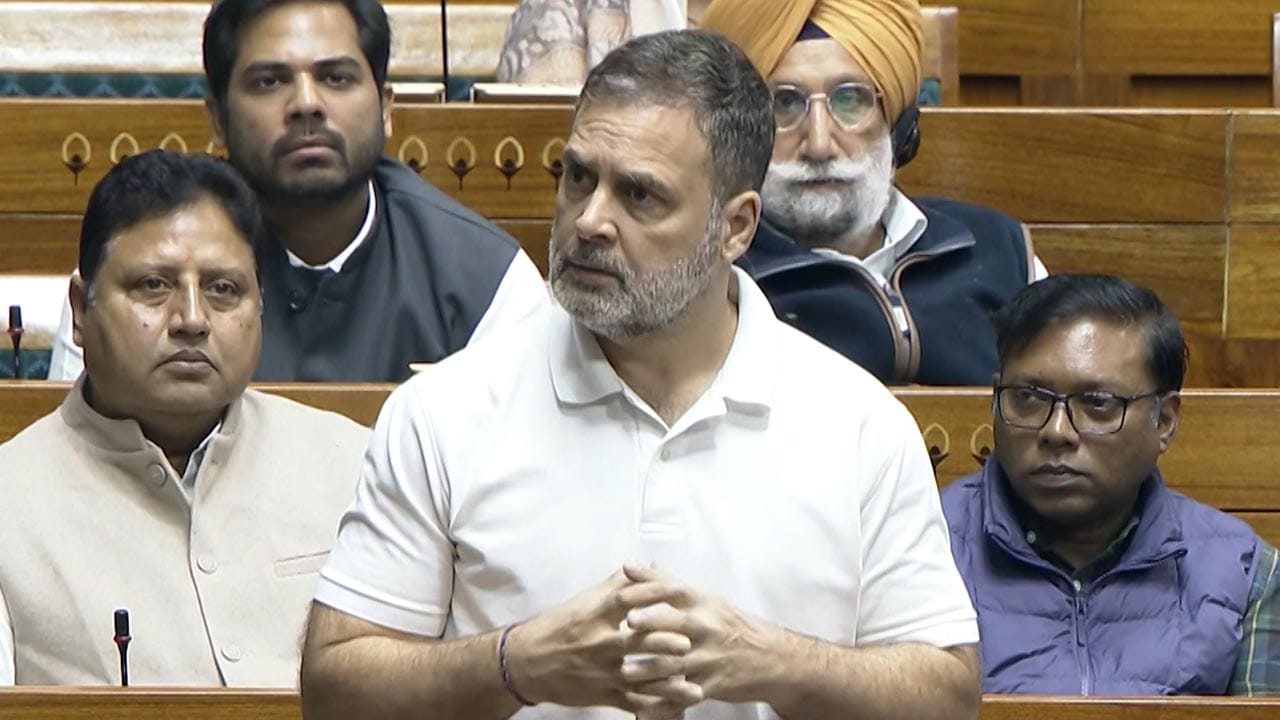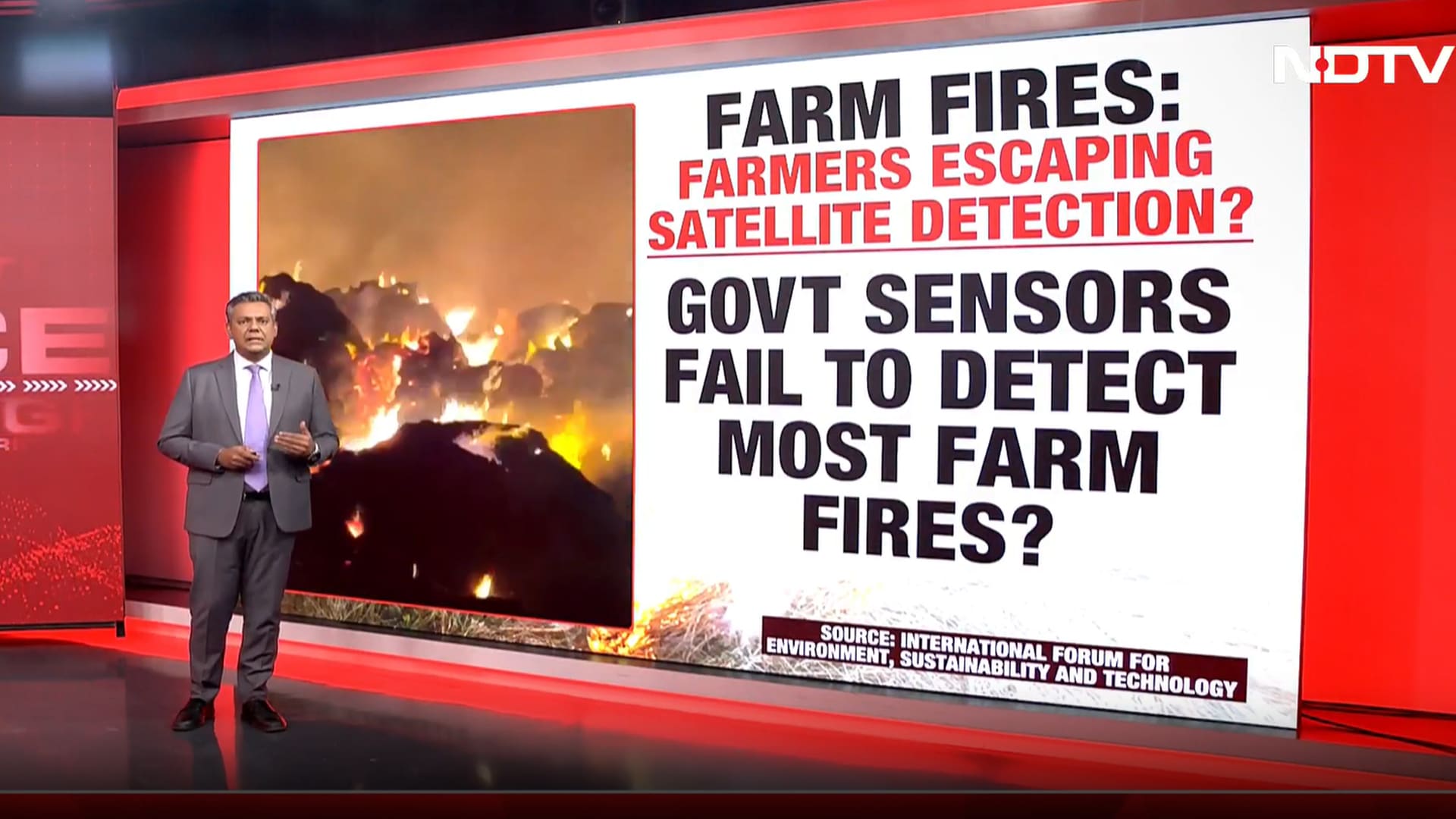- Home/
- Each Cloud Seeding Sortie Costs 60 Lakh. Expert Explains How It Will Reduce
Each Cloud Seeding Sortie Costs 60 Lakh. Expert Explains How It Will Reduce

Highlights
- Cloud seeding over Delhi for the whole winter would cost around Rs 25 crore, says IIT Kanpur director
- Two cloud seeding sorties over Delhi did not produce rain due to low cloud moisture
- IIT Kanpur director said a 6-10 percent decrease in PM 2.5 and PM 10 pollutants was recorded after sorties
Cloud seeding over Delhi for an entire winter would cost approximately Rs 25 crore, and this sum is a small portion of the budget to tackle the air pollution in the national capital, IIT Kanpur director Manindra Agrawal has told NDTV.
The senior academic was speaking a day after an expert team from IIT Kanpur oversaw two sorties of cloud seeding in Delhi. These trips, however, did not lead to rain.
The IIT Kanpur director said that cloud seeding did not cause rain yesterday due to low moisture content in the clouds over the national capital. The moisture content yesterday was around 15 per cent, and it must be around 50 per cent for cloud seeding to be successful.
Highlighting the takeaway from yesterday's exercise, Agrawal said the IIT team had installed measurement equipment at 15 locations in the national capital, and they recorded a 6 to 10 per cent decrease in PM 2.5 and PM 10 pollutants.
What Is Cloud Seeding
Cloud seeding is a weather modification technique, mostly used to cause rainfall in parched areas. This involves spraying tiny particles such as silver iodide or chloride onto clouds. Aircraft or drones can be used to carry out cloud seeding. Once sprayed or injected into clouds, these particles act as nuclei for water droplets or ice crystals, causing precipitation or rain. The results, however, depend on multiple factors such as cloud type, temperature, moisture, and wind.
Agrawal said a very finely ground mixture is used for cloud seeding. "In this mixture, there are particles of common salt, rock salt, and silver iodide. We inject it into the clouds. So every small particle of it begins to condense water all around it. And when the condensation occurs in excess, it falls like a drop. And when a lot of drops fall, rain happens," the scientist said.
The Cost Factor
Asked about the cost factor, the IIT Kanpur director said a key reason for the high expenses incurred in the exercise yesterday is that the flight took off from Kanpur. "If we regularly do this seeding, we will do it from an airport near Delhi, which will reduce the flight cost," he said.
Agrawal said that yesterday's exercise was conducted across an area of 300 square kilometres. "And the cost of this will be around Rs 60 lakh [this refers to each sortie]. I do not have a detailed calculation, but I have an estimate. This means that Rs 20,000 per square kilometre... if we do it across 1,000 square kilometres, it comes to Rs 2 crore," he said.
The IIT Kanpur director said that by this estimate, if cloud seeding is carried out 12 times during the four winter months -- once in every 10 days -- it would cost around Rs 25 crore. "If we look at the pollution (control) budget of Delhi, this is a very small part of it. I do not think that cost is a big issue."
In May, the Delhi cabinet had approved a budget of Rs 3.2 crore for five cloud-seeding trials -- about Rs 64 lakh per trial. In her first budget presented in March, Delhi Chief Minister Rekha Gupta earmarked a sum of Rs 300 crore for pollution control and emergency measures to "effectively implement environmental reforms".
'Not A Permanent Solution'
Agrawal made it clear that cloud seeding cannot be seen as a long-term solution for air pollution in Delhi, but only a stopgap measure.
"This is not a permanent solution. In fact, I would say that this is not an ideal solution. The ideal solution is that we control the sources of pollution... When there is no pollution, there is no need for cloud seeding. But it will take time," he said.
"So until the sources of pollution are under control, pollution will continue, and when the amount of pollution increases, people will start suffering from it; cloud seeding is available," Agrawal said.
Delhi's air pollution levels have gone up over the past couple of weeks, and the restrictions under the first and second stages of the Graded Response Action Plan (GRAP) have kicked in.
also read
Latest Stories
- Reported by Shreya Ghosh | Friday December 12, 2025
In a move critics are calling a calculated deflection, the Union government has doubled down on its stance that World Health Organization (WHO) air quality guidelines are merely "guidance documents" and not enforceable rules.
- Press Trust of India | Thursday December 11, 2025 , Chandigarh
The World Bank has approved a financial assistance package of USD 305 million for the Haryana Clean Air Project for Sustainable Development (HCAPSD), a flagship initiative aimed at transforming Haryana into a pollution-free state by 2030.
- Indo-Asian News Service | Friday December 12, 2025 , New Delhi
New Delhi, Dec 11 (IANS) Global air quality rankings cited by various organisations are not conducted by any official authority, the government informed the Parliament on Thursday.
- Reported by Shreya Ghosh, Edited by Srishti Kapoor | Thursday December 11, 2025
The Ministry clarified that it has notified National Ambient Air Quality Standards for 12 pollutants in 2009 to protect public health and the environment, and these standards are tailored to India's specific conditions.
- Written by Jigyasa Kakwani , Edited by Shubham Bhatnagar | Thursday December 11, 2025
Tandoori dishes are a staple of Delhi's dining and evening snack culture, especially across neighbourhood markets and street-side stalls.
................................ Advertisement ................................
Latest Videos
Opinion
Blog | Well Done, Delhi. You've Turned Lung Sacrifice Into A Badge Of HonourSaikat Kumar Bose
Monday November 10, 2025Till some years back, Delhiites would ask angry questions to those in power about the capitals annual tryst with toxic air. This has changed. Those in the driving seat dont see the need to answer now.
Opinion | Why Indians Have Just Given Up On Air Pollution CrisisTanushree Ganguly
Friday December 20, 2024While some may argue that people in Delhi are now more aware of air pollution than they were a decade back, my rebuttal would be that awareness does not mean that people are concerned.
Opinion | You Must Outrage Over Filthy Air More Than Once A YearJyoti Pande Lavakare
Tuesday December 10, 2024Delhi welcomed us with monsoon rains and mangos. We were home. Fast forward a couple of years, in the winter of 2012, I found myself in denial about something other parents, mostly expats, were calling toxic air.
Opinion | Delhi's Air Pollution Situation Is Like A Bad MarriageNishtha Gautam
Friday November 22, 2024On a good day, such as today, the AQI reading in Delhi is 407. We are jubilant at the sickly sunshine trickling through the slightly dissipated smog. At least its not 1600.
दिवाली... पराली... सियासी जुगाली!Ashwini kumar
Monday November 18, 2024दिल्ली-एनसीआर में प्रदूषण का समाधान तो आज तक मिला नहीं. हर साल चिंतित होकर हम-आप सांसों की तकलीफ के साथ-साथ दिल और ब्लड प्रेशर के मरीज भी क्यों बनें?








